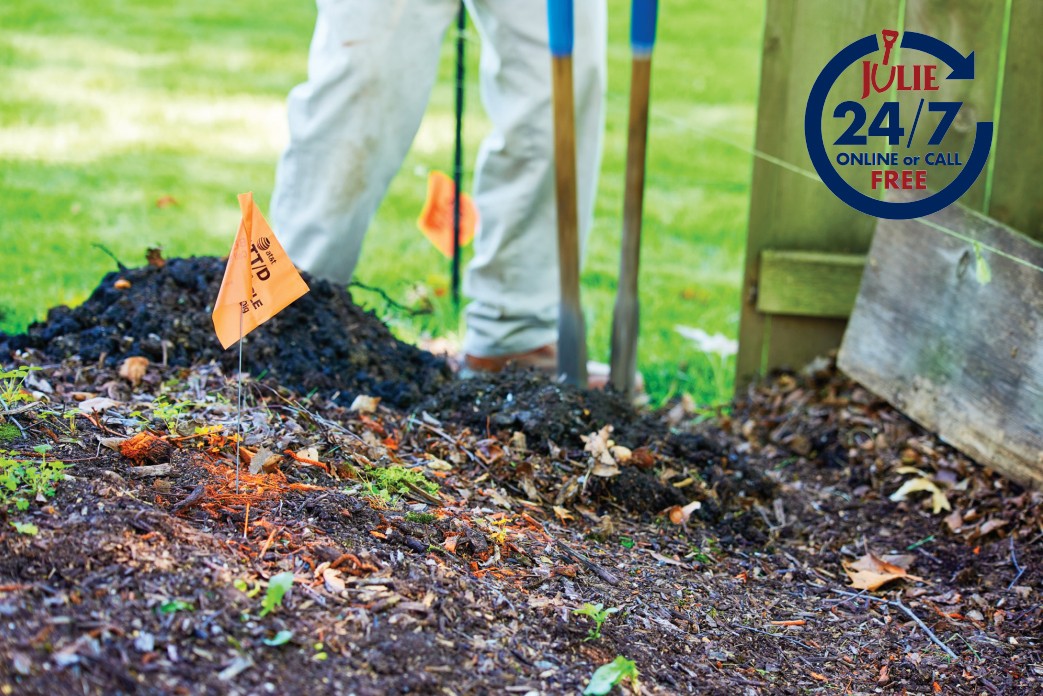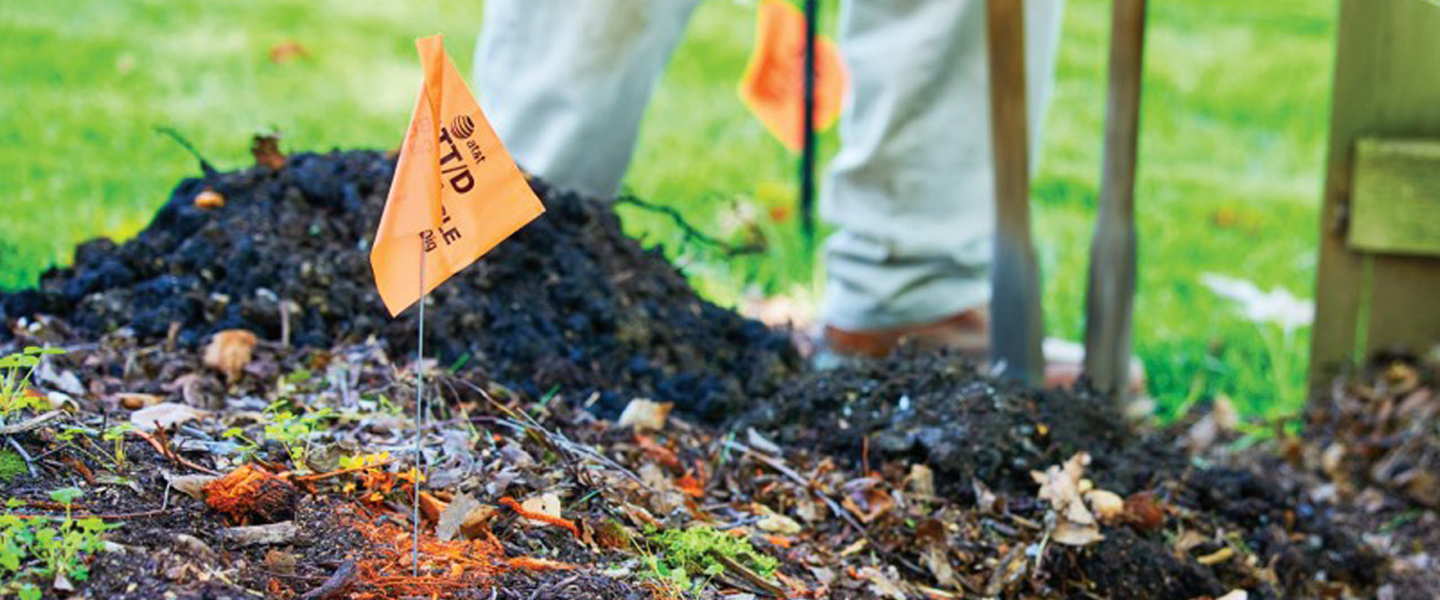Five Tips For Installing A Fence Safely
Installing a fence can add privacy to your yard, provide an extra measure of security and even increase your property’s value. It can also cause major headaches and safety risks if you don’t do it properly. Whether you decide to hire a contractor or do it yourself, follow the five tips below to ensure safe fence installation.

1. Obtain A Building Permit And HOA Approval
Fences are prominent fixtures that have a visual impact on properties and neighborhoods, so most municipalities enforce zoning laws that regulate fence height and materials used. If you live in an historic district or your neighborhood has a homeowners’ association (HOA), the style and color of fencing allowed may be restricted, as well. Installing a fence without a permit and approval is risky, and chances are you’ll get caught. Thankfully, you can easily apply for a fence permit at your local building and planning office and you should receive a copy of all rules and regulations regarding fence installation at the time the permit is issued. Your HOA documents will have specific guidelines for your exact neighborhood, too.
2. Finalize Fence Installation Details
Most fences are built using pressure treated pine wood; however, it is slowly becoming less common as chemical-free and environmentally friendly materials rise in favor with homeowners. Plus, some municipalities and HOAs require only certain materials be used. As a result, other fencing options have become popular including western red cedar, white oak, black locust, tropical hardwoods, plastic or synthetic lumber, and metal. Carefully consider the pros and cons of each before committing to a type of material. Some options may seem more affordable at first, but in the long run the higher quality materials will yield the best results in terms of longevity and ease of upkeep. For example, a pressure treated wood fence will last approximately 20 years with regular maintenance while plastic or synthetic lumber will last about 100 years. When selecting nails, bolts and hinges, your best bet is to choose something galvanized to resist rust and everyday wear.
3. Know Your Property’s Boundaries
Never assume that your lot is perfectly square or rectangular. Many homesites have uneven shapes or unusual jogs. Hire a surveyor or use your plat of survey to identify your property lines. Mark each corner with wooden stakes, measure from each stake to the next, and run a string between them so it’s taut. This will allow you to visually determine your homesite’s boundaries. It’s better to err on the side of caution when installing a fence so build a few inches on your side of the marked lines to ensure you’re not encroaching on your neighbor’s land.
4. Plan Ahead
Once you’ve determined where you want your fence installation, contact JULIE to have underground utility lines on your property located for FREE. Illinois law states that the person actually digging—you if you’re doing the work yourself, or the excavator if you are hiring a professional, contractor or fence installation company—notify JULIE at least two business days before you plan to break ground. You can submit a locate request 24 hours a day, 365 days a year either online or via phone. To help utility owner locators understand the scope of your project, pre-mark the area where you plan on installing the fence with white paint or flags. After receiving confirmation from JULIE, you have 14 days to begin your project. But never start digging post holes until all member utility companies have marked their underground utility lines so you know it’s safe to do so.
5. Determine The Amount Of Materials You Need
Now that you’re ready to get underway installing the fence, it’s time to buy your materials. Just how many fence posts will you need? How many fence panels? To best calculate materials needed, use the property line stakes as reference points and measure the distance between each. Add your measurements and account for gate entrances accordingly. Next, draw an outline of your yard and mark fence posts. The more posts you have, the stronger your fence will be at resisting wind and gravity. A general rule of thumb is to keep the distance between the posts eight feet or less as this will prevent the fence from sagging. You can also use an online fence materials calculator to determine the amount of fence panels and other materials needed to complete your fence installation.
Installing a fence—especially if you do it yourself—may seem ambitious but following these five simple tips can help the project run more smoothly and safely.

Safe Digging Tip: Always contact JULIE before you dig to have utility lines on your property located for free by our members. Valuable utility lines may be buried just beneath the surface and hitting one could disrupt critical services, cause serious harm to you or your family, or even result in costly repairs and fines.






 CONTACT US
CONTACT US